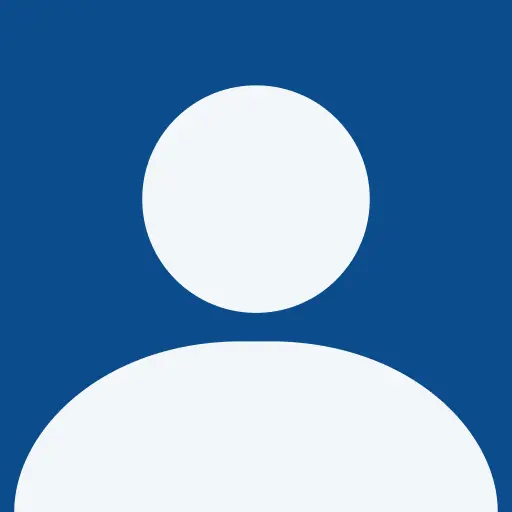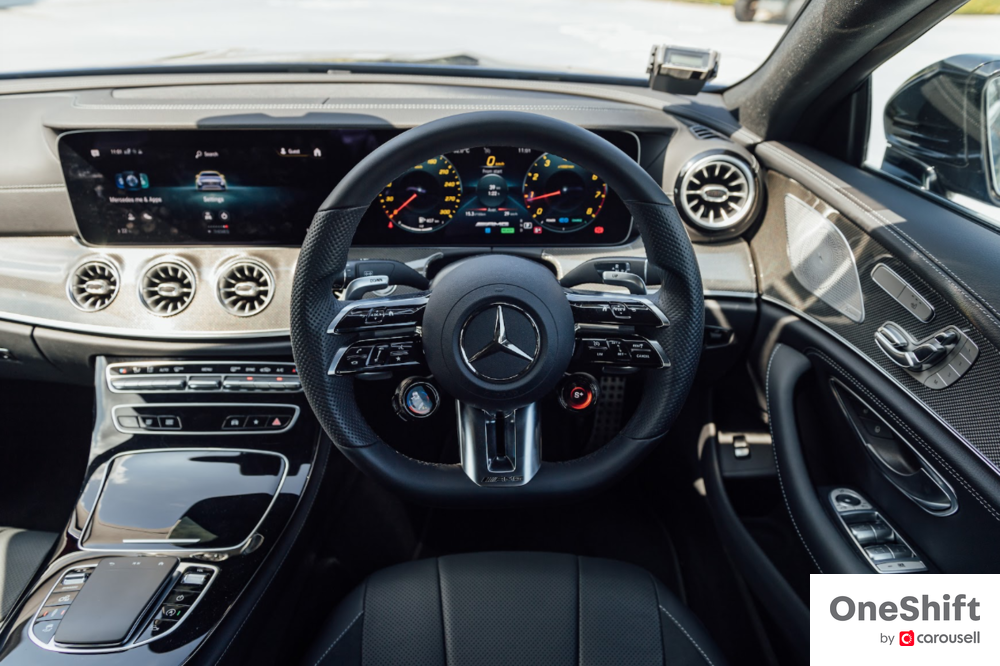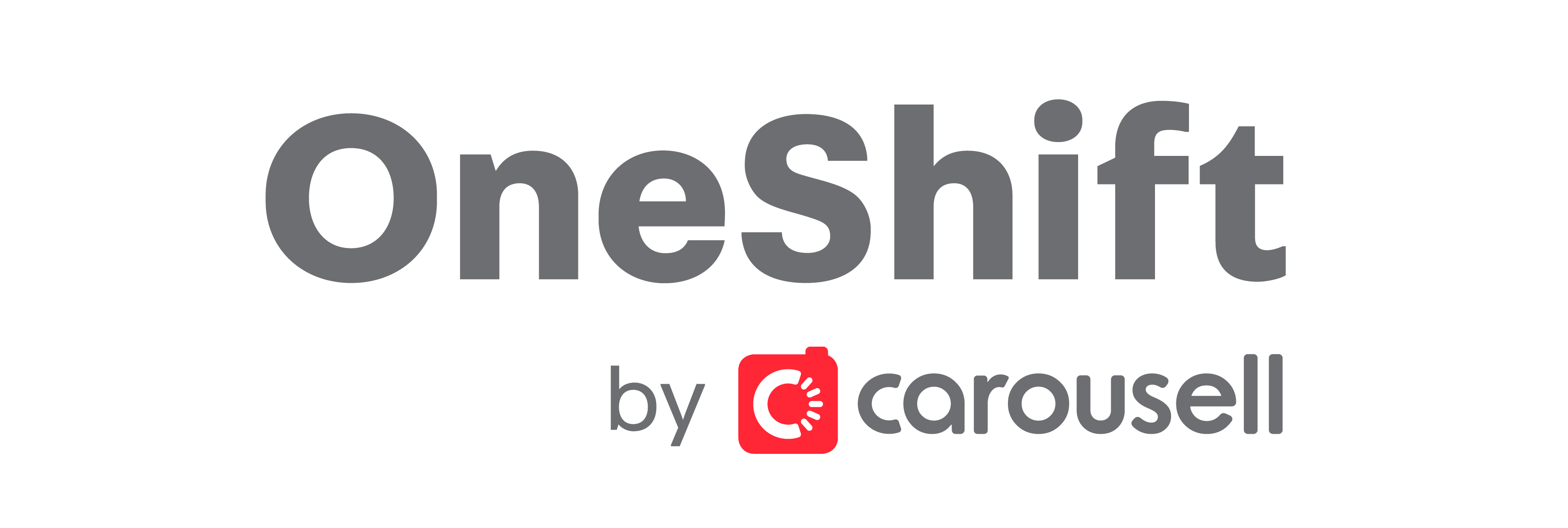How To Inspect A Used Car By Yourself Before Deciding To Buy It
Inspecting a car sounds like a daunting task at first, but this checklist can help to ease your worries!

Some might argue that purchasing a pre-owned car comes with challenges not worth engaging. How do I know that the seller is honest? Is the car’s mileage being tampered? It might look and feel good at first glance, but what if it breaks down the moment I commit to the purchase?
On the flipside, buying any product comes with all sorts of question marks too. A new car purchase does not spare you from manufacturer recalls, and given the mounting financial hurdle to secure a downpayment and loans for brand new sheetmetal, sticking to a pre-owned car especially in Singapore’s context sounds like the more logical option.
We’re here to address one of the “pain points” - performing an inspection of the used car by yourself. Getting your elbows greased during the process ain’t always a bad thing - getting down to the nitty gritty allows you to learn more about the car, too.

Arrange a location for the viewing
Do not overlook this step, because it can make your inspection much less tiresome. Lighting is key here. If the inspection must be done at night, secure a place with well-lit conditions, like an open concept multi-story carpark. Inspection during the day is highly recommended, and relatively empty rooftop carparks are useful locations to assess. Factor in weather conditions too, because if it rains, inspection can be shifted a couple of levels down. Important: ensure that the car’s cabin can be viewed under natural lighting. Use a torch light (something more powerful than a smartphone’s torch to check areas like the footwell and engine bay) if the location doesn’t play to your advantage.
Check for error codes
While it’s not possible to check every possible scenario without the help of an OBD (on-board diagnostics) scanner, codes such as “Check Engine Light” (indicated by an orange engine logo within the instrument cluster) should not pop up when you start the car. It could be an issue with engine idling, transmission problems, installation of a downpipe… the list goes on. Ask the seller for the full diagnostic report, instead of just clearing the code - it might pop up again!

Inspect the car’s interior
Once you’ve settled on a good location to inspect the car, open all doors to the widest possible angle, hop in and check for signs of wear and tear. Common wear signs on the seat bolsters, switches and knobs are forgivable. But if there are issues, for example, if the dashboard is misaligned or if the airbags show indications of being tampered, the car could have been through a nasty accident. Keep an eye on moisture marks and check for potential sags on the linings and footwell - it could have barely survived a flood.
Now for the car’s exterior
Paint chips and scratch marks are forgivable, but if there are big gaps between the panels, that could be a red flag given that it might have gone through an accident. Take note of the difference in paint colours between two or more panels too, as it could have been through a major overhaul. Pay attention to the headlight and taillights, make sure they are free from moisture behind the covers.

Engine bay inspection
Your torchlight will come in handy again. Pop open the hood and check for signs of any engine oil leaks. Condensation from the air conditioner can be forgiven, but if there are fresh oil stains on the floor, that’s a major red flag. If you’re looking at a modified car and noise levels are unusually high, request for a list of mods done by previous owners. High performance camshafts could be the reason, but they should still be tuned properly.
Go for a test drive
Take your time to familiarise yourself when on the driver’s seat. Before driving off, ensure that the seating position is adjusted to your preference. Test all knobs, switches and indicators. When on the go, drive both with and without the air conditioner, and do not turn on the radio. Creaking noises might surface, and they’ll most likely be from the suspension or interior leather rubbing against each other. Pay attention to any knocking or hissing noise appearing from the front - that might mean the engine needs some addressing.
---
Selling your car? Whatever the reason, caryousell@carousell, sell your car at the highest price today.


Get the Best Price for your used car
from 500+ dealers in 24 hours

- Convenient and Hassle-Free
- Consumer Protection
Transparent Process
With No Obligation








